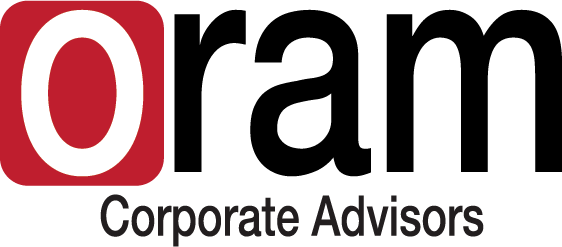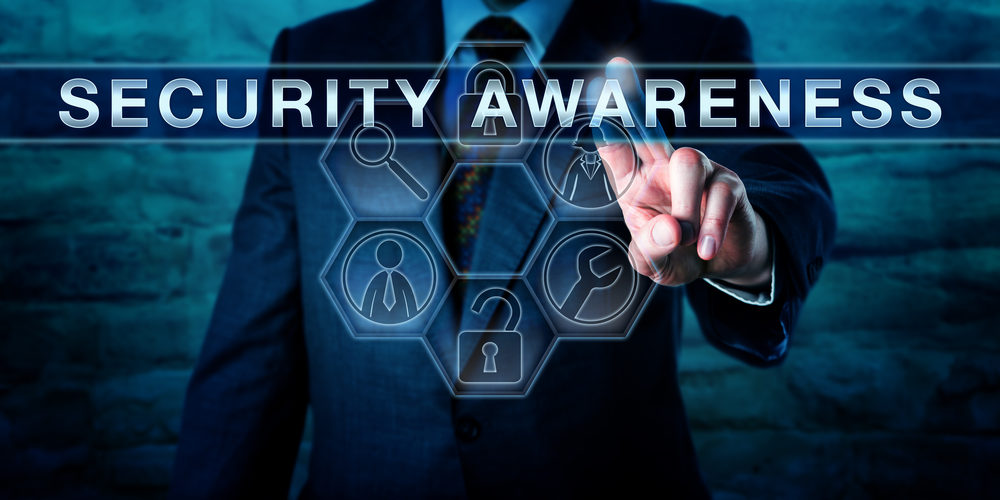With tax day just two weeks away, many people may have their minds set on getting their taxes filed fast if they haven’t done so already. Tax professionals always find themselves swamped from February to May with businesses and individuals alike trying to finish up their taxes for the previous year. As a result, information technology (IT) may not be on the top of your mind as a tax professional but it should be.
With all of the personally identifiable information (PII) tax professionals work with on a daily basis from birthdates to social security numbers, IT security is a must to prevent breaches and data loss. Here are some top tips to keep your tax business and your clients safe.
Don’t Get Phished
Phishing emails are one of the most common ways hackers target businesses through email according to the Internet Security Threat Report Volume 24 by Symantec. “Employees of smaller organizations were more likely to be hit by email threats- including spam, phishing, and email malware- than those in large organizations,” according to the report.
Learn how to recognize phishing emails and train your employees to do so as well. Emails from unknown sources, especially those coming from someone pretending to be the Internal Revenue Service (IRS), e-Services, a tax software provider, or cloud storage provider should be deleted. Be sure to never open any link or attachments in suspicious emails as this is how the bad guys access your email and network. Note that the IRS never initiates initial contact through email with tax professionals regarding returns, refunds, requests for PII or other sensitive data.
The Symantec report does offer some good news in that “Phishing levels declined, dropping from 1 in 2,995 emails in 2017, to 1 in 3,207 emails in 2018.” This may be the result of better training and anti-phishing software. Be sure to keep your employees trained so your business isn’t phished.
Draft Your Data Plan
Every business, especially those in industries that are highly regulated or those that are often targeted due to the sensitive information they handle, should create a data security plan. When it comes to tax professionals, your security plan should use IRS Publication 4557, which addresses the proper safeguarding of taxpayer data. You will also want to look at Small Business Information Security- The Fundamentals developed by the National Institute of Standards and Technology, a non-regulatory federal agency charged with promoting U.S. innovation and industrial competitiveness.
These standards outlined in these publications will help you develop a data security plan that meets rigorous standards and the individual needs of your tax business. If you need assistance developing a data security plan, third-party vendors such as ORAM Corporate Advisors can handle this for you through an IT assessment.
Security Software
You’ll need to review the internal controls your business has in place to protect its data. Start with installing anti-malware and anti-virus software if you haven’t already done so, or if you have, you may want to update the software you have in place. This will need to be done on all of the devices used for business from laptops and desktops to routers and tablets. Don’t forget about your phones as well. Be sure to keep your security software set to automatically update as software companies push out updates and patches regularly.
Powerhouse Passwords
Be sure to use passwords that are powerful. Use a mix of at least 8 or more upper and lowercase characters, numerals, and signs in your passwords. Ensure your passwords are strong and unique for each different login you have. While this might seem overwhelming, there are a number of password managers available that can help you keep them all straight.
You will also want to password protect every wireless device in case of loss or theft. Use a phrase or words that are easily remembered and periodically change your passwords. Finally, never use old passwords and use multi-factor authentication wherever possible. Be sure to train your employees on these password best practices as well.
A Prescription for Encryption
In addition to strong password protections, one of the best ways to secure data in your tax business is to encrypt sensitive files and/or emails. In a worldwide survey of businesses by Statista, encryption was “employed extensively” by 63 percent of enterprises in 2018. Another 24 percent of businesses survey by Statista said encryption was partially deployed in their company databases. There are many types of encryption software to choose from. At ORAM, we recommend Mimecast for email encryption. For full-drive encryption, ORAM recommends eSet Endpoint Encryption so you can encrypt your sensitive files when they are in storage.
Back It Up
Be sure to back up all of your sensitive data to protect your business in the event of a disaster scenario. Ransomware is rampant, viruses can infect your network, and natural disasters such as fires and hurricanes can wipe out your data. To ensure that you always have access, have a backup plan in place and know exactly what you are backing up and to where. See ORAM’s blog on “The Biggest Backup Mistakes Businesses Make” to learn what to avoid.
Proper Disposal
Make sure that when you dispose of data, it’s being done so properly. Whether you are super shredding hard copies of data or replacing old computers, be cognizant of how you do it. All of your old computer hard drives should be wiped clean or destroyed before you dispose of them. This is also true of printers which can also store sensitive data.
Limit Access
Limit access to taxpayer data to only those employees who require it to fulfill their job duties. This is meant to protect both your client data as well as your own business. While many breaches happen due to outside sources, internal threats are still an issue in organizations around the world.
As a matter of fact, an online article from Security Intelligence reported that insider threats account for nearly 75 percent of security breaches. Disgruntled employees, those recently let go, and others may be ready to turn on your business to make a buck or out of spite. In the IT world, this limited access is known as the practice of least privilege. Be sure to employ it to protect your business from insider threats.
Check Your IRS e-Service Account
Be sure to check in on your businesses IRS e-Service account on a weekly basis. This allows you to ensure that the number of returns your business has filed with its EFIN is correct. If there are any discrepancies with the number of returns filed, contact the IRS immediately. Additionally, you will want to report any data theft or loss immediately. You will need to determine the appropriate IRS Stakeholder Liaison with whom to report the loss.
Keep In Contact
Stay in contact with the IRS and keep abreast of new developments though a subscription to the e-News for Tax Professionals, the latest national and local IRS news. QuickAlerts sends important messages, within seconds, to keep you up to date on the events that affect authorized IRS e-file providers like you. You can also keep in contact with the IRS through various social media as an authorized IRS e-file provider.
The IRS also has a Data Security Resource Guide for Tax Professionals that details the signs of data theft, teaches you how to report data theft to the IRS, and provides a number of data theft links. We recommend all tax professionals download the guide and read through it so you are prepared for a worst case scenario. This way you won’t be struggling for resources when you’re already under stress.
If you need more assistance securing the data of your tax business, please contact ORAM today at (617) 933-5060 or visit us online. We are happy to schedule a free initial consultation to get your tax business on the road to better security fast.



